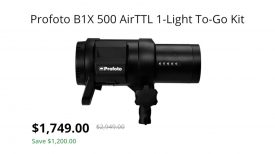By site editor Dan Chung:
Zeiss today unveiled a complete range of six new lenses called Milvus, in Nikon and Canon EF fits. These are stills lenses that have been designed with video shooters in mind as well. They are intended to match super high megapixel DSLRs like the D810 or Canon 5D sR and can easily resolve images for 4, 5 or 6K video cameras. They are designed to be premium lenses with a common look and feel. New T* coatings have been developed that should make them superior in performance to the existing ZE and ZF lenses. Construction is very solid and the lens mounts have a weather sealing O-ring.
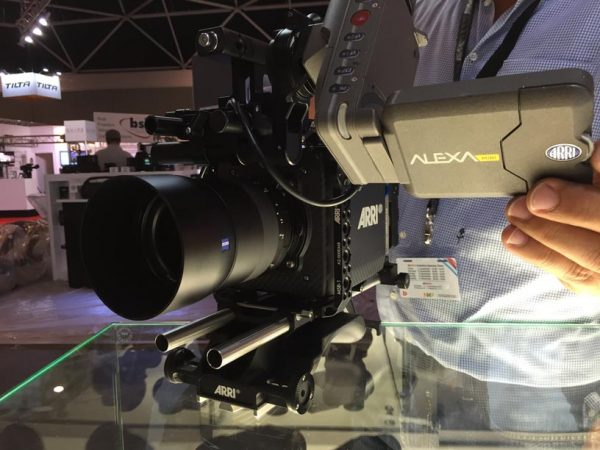
We had a brief hands-on with the lenses today and shot some footage with the EF fit 35mm f2, 85mm f1.4 and 100mm f2 macro on the ARRI Alexa MINI and Sony a7R II with Metabones adapter. Zeiss were keen to stress that the lenses work very well on E-mount cameras with the right adapter. It is no coincidence that press images of the lenses show them with Sony FS series cameras.
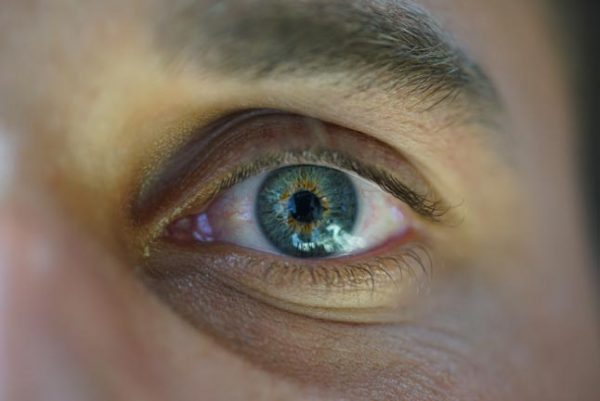
The materials used and the damping on the focus ring felt very like the Otus range of lenses, and each Milvus has a very solid feel. The 50mm f1.4 and 85mm f1.4 are completely new optical designs and are said to be very close to the performance of the flagship Otus lenses. The Nikon fit lenses have a manual iris that can be de-clicked by rotating a pin on the lens mount. This is similar in design to the system on the E-mount Loxia lenses.
The lenses seem very sharp and flare seemed well controlled. The manual focus was a delight to use. The focus ring’s rotation is much greater than a regular stills lens – some are even around 270 degrees. I tried a couple of quick handheld shots with both the Alexa MINI and a7R II and they were nice and easy to control.
Most of the lenses have a nine blade iris for smoother bokeh effect. The out of focus rendition of the lenses we tried was very nice indeed, as was the overall look of the images. They do seem to be very consistent and this will be a key selling point.
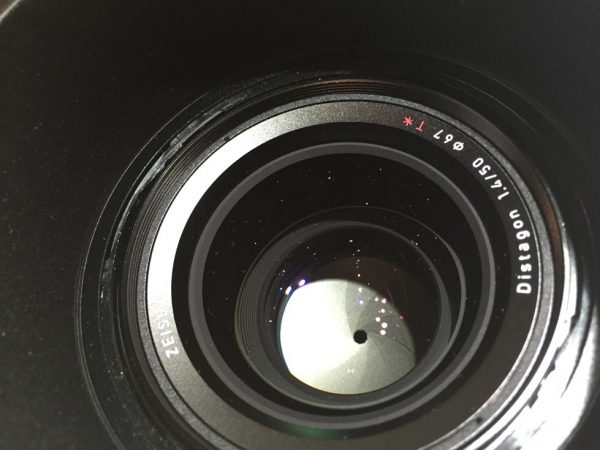
The only slight downside for video use is that the Nikon version still focuses the ‘wrong way’ around and the lenses do not share a constant aperture. Although from what we have seen so far these lenses will be hard to beat at the price point.
Prices range from just over 1000 Euro to 1500 Euro each and they will be available in October.



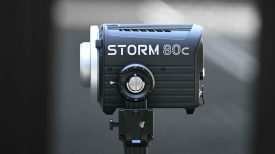
-275x154.jpeg)
